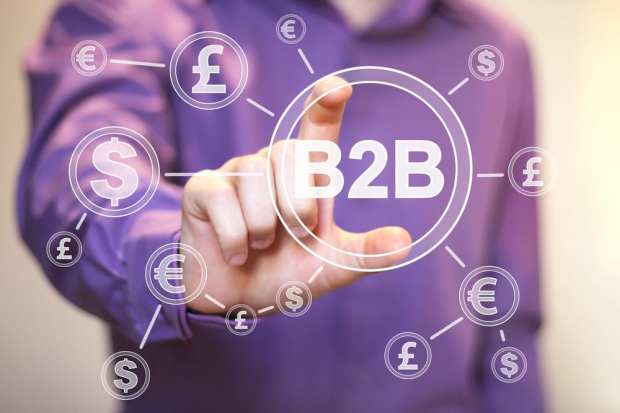Setting The Stage For ACH B2B Subscription Payments

Recurring payments can present recurring challenges for firms that want to offer customers a range of payment options. Pranav Sood, vice president of International Expansion at GoCardless, tells Karen Webster that offering ACH-based debit can solve pain points in B2B commerce.
For some businesses, recurring payments present recurring challenges.
Companies that rely on customers wielding cards or (gasp!) checks to make their monthly, weekly or daily transactions run the risk of failure — that card payments do not go through, that checks get lost in the mail.
To that end, GoCardless, the U.K.-based FinTech focused on recurring payment acceptance solutions, said earlier this month that it had expanded into the U.S. market through the delivery of an automated clearing house (ACH)-based debit offering for businesses.
The company said in a release that the expansion — through which merchants pull payments from bank accounts — comes through joint efforts in partnership with Community Federal Savings Bank. The company also said it opened a San Francisco office.
In a PYMNTS interview with Karen Webster, Pranav Sood, vice president of International Expansion at GoCardless, said the stage seems to be set for ACH debit adoption. Consider that the average cost for a business to process an invoice is $9 — indicating that efficiencies can be wrung out of the process. In addition, the number of ACH payments grew 6 percent year over year in the first quarter of 2019.
He said GoCardless strives to “solve” the issues tied to recurring payments on a grand scale — hence the latest expansion into the U.S.
“The vision is to enable merchants to collect from their customers via direct debit all over the world,” he said. By way of illustration, companies in the United Kingdom, Europe and Australia should be able to collect from customers in the United States, and vice versa. With the addition of the U.S., he said, merchants can collect in more than 30 countries worldwide, covering roughly 70 percent of global recurring payment volumes.
Drilling down a bit, he said the United States represents a huge payments market, especially for ACH debit, which has seen an annual volume of more than 13 billion transactions. That tally, he said, does not take ACH credit into consideration.
With its initial foray into the U.S., he said, GoCardless has the ability to bring ACH debit acceptance to a merchant base spanning more than 45,000 firms globally and now collecting from customers across North America, including Canada— and where checks and credit cards simply are not optimal conduits for payments, especially those that are recurring.
“We’re not entering the market in the U.S. thinking we’re the only ACH provider in town,” he told Webster, “but we do see there are a ton of problems that are not being solved by the existing payment mechanisms spanning checks, bank transfers or by cards.
B2B Ripe For Disruption
“We see that the overall U.S. payments market is ripe for disruption,” he told Webster, and that’s especially true in the B2B space. He noted that roughly 50 percent to 70 percent of B2B payment volumes are still paid by check.
Relying on paper-based payments forces business to incur a huge amount of cost complexity — and then encounter problems when it comes to cash flow, he said. Companies hew to paper checks, he said, because that’s the way it’s always been done, or perhaps executives (or their customers) are wary of giving bank account details to set up recurring payments.
Using credit cards also can be costly, and in many cases, when it comes to cross-border payments, at times the payments may not go through. In fact, in the continued debate over instant payments, when it comes to B2B said, surety is more important than speed.
Visibility is key for B2B payments, for buyers and suppliers, noted Sood — and direct debit can help solve those issues as they exist as a merchant-initiated payment mechanism.
He said GoCardless also can help reduce processing costs, and that payments processed through the firm have a success rate of more than 97 percent of the time — better than the 80 percent to 85 percent rate seen with traditional cards.
The companies themselves? Well, they want ACH. Surveys show that about 80 percent of companies in the U.S. would prefer to receive their B2B payments via ACH debit.
Step By Step
Making the leap from preference to practice is a different story. Asked by Webster how GoCardless and other firms can spur clients to embrace ACH debit, he said there are always people within companies — even the largest ones — interested in adopting the most cost-effective mechanisms for payments.
There are triggers in place that spur companies to think about payments, he said. Companies that are expanding into new geographies or with new products are likely to examine the payment preferences ties to use cases or new customer bases.
“There is also always someone in the company who cares about adopting the most reliable form of payment, too,” he said. “And there is also someone in the company who cares about achieving something that is tailored to customer preference. You generally will find that it is not that difficult to persuade people that the old ways of doing things are not necessarily the best ways.”
